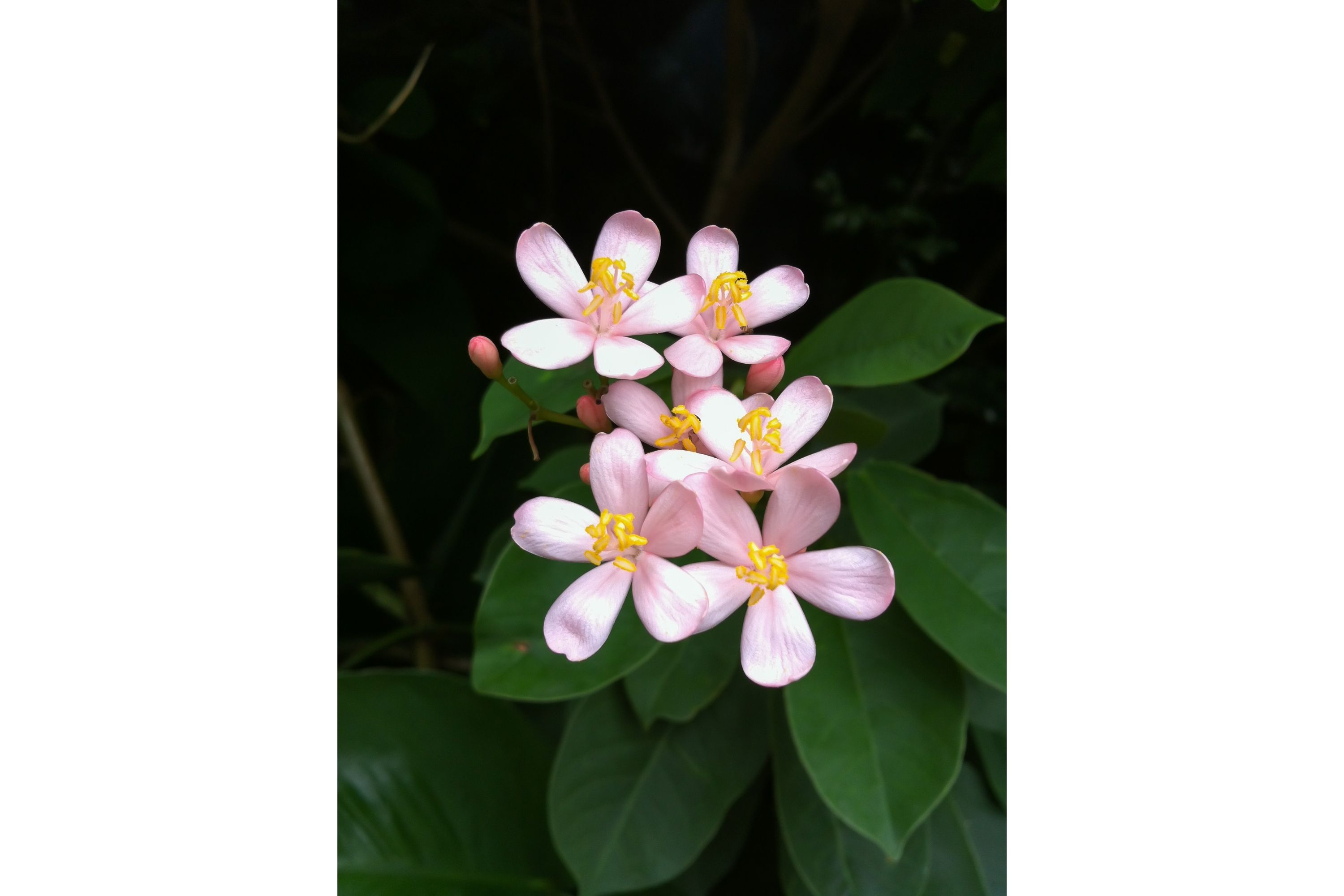Ragged Nettlespurge
(Jatropha macrorhiza)

Description
Jatropha is a genus of flowering plants in the spurge family, Euphorbiaceae. The name is derived from the Greek words, meaning "physician", (trophe), meaning "nutrition", hence the common name physic nut. Another common name is nettlespurge. It contains approximately 170 species of succulent plants, shrubs and trees (some are deciduous, like Jatropha curcas). Most of these are native to the Americas, with 66 species found in the Old World. Plants produce separate male and female flowers. As with many members of the family Euphorbiaceae, Jatropha contains compounds that are highly toxic. Jatropha species have traditionally been used in basketmaking, tanning and dye production. In the 2000s, one species, Jatropha curcas, generated interest as an oil crop for biodiesel production and also medicinal importance when used as lamp oil; native Mexicans in the Veracruz area developed by selective breeding a Jatropha curcas variant lacking the toxic compounds, yielding a better income when used as source for biodiesel, because of its edible byproduct. Toxicity may return if edible Jatropha is pollinated by toxic types. The stems of haat (Jatropha cuneata) are used for basketmaking by the Seri people in Sonora, Mexico. The stems are roasted, split and soaked through an elaborate process. The reddish dye that is often used is made from the root of another plant species, Krameria grayi. Spicy jatropha (J. integerrima) is cultivated as an ornamental in the tropics for its continuously blooming crimson flowers. Buddha belly plant (J. podagrica) was used to tan leather and produce a red dye in Mexico and the southwestern United States. It is also used as a house plant. The oil from Jatropha curcas is mainly converted into biodiesel for use in diesel engines. The cake resulting from oil extraction, a protein-rich product, can be used for fish or animal feed (if detoxified). It is also a biomass feedstock to power electricity plants or to produce biogas, and a high-quality organic fertilizer. In 2007, Goldman Sachs cited Jatropha curcas as one of the best candidates for future biodiesel production. It is resistant to drought and pests, and produces seeds containing 27-40% oil, averaging 34.4%.
Taxonomic tree:







